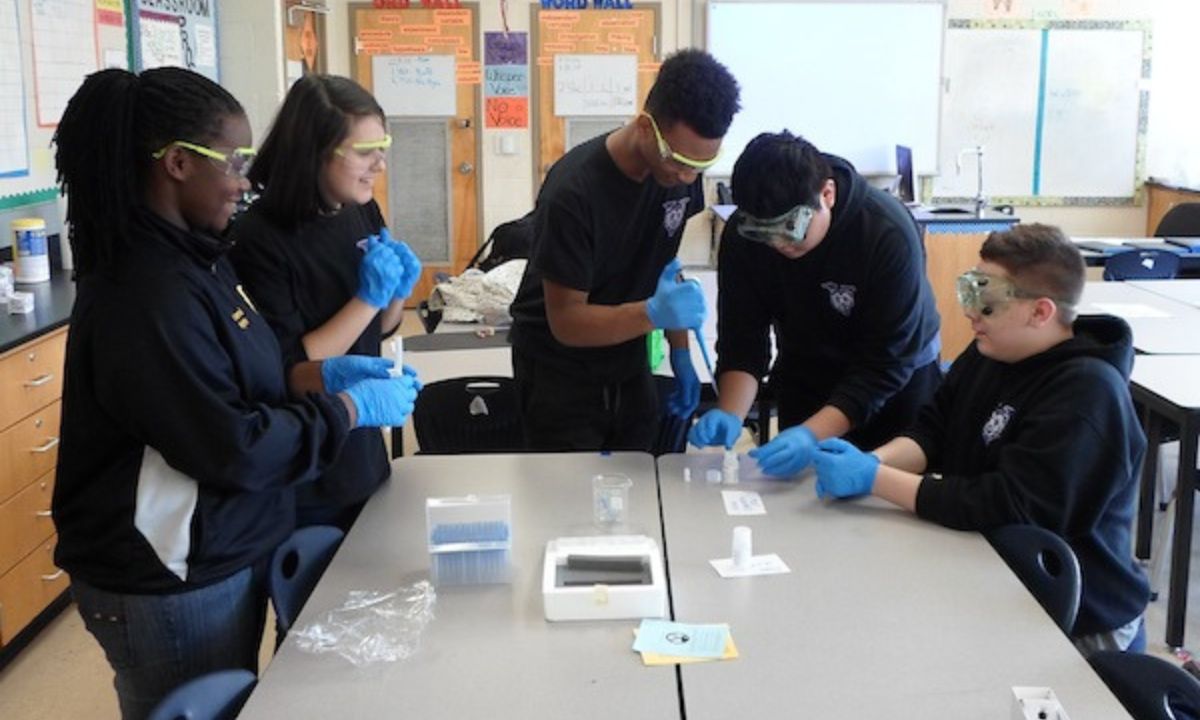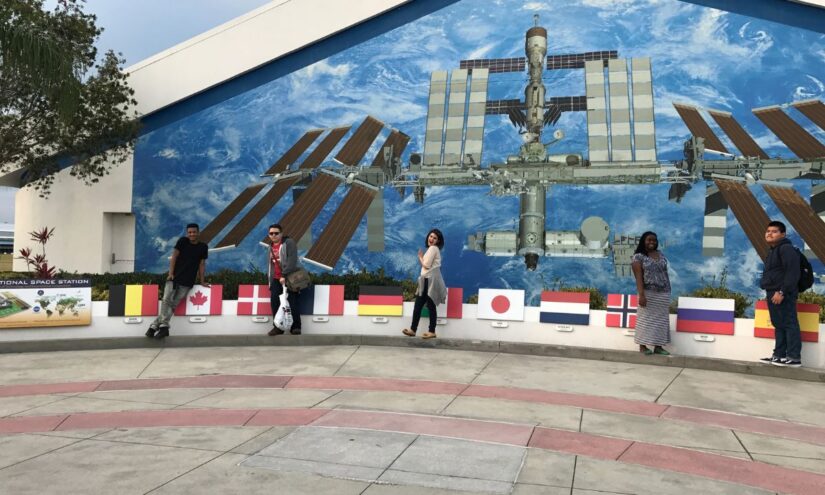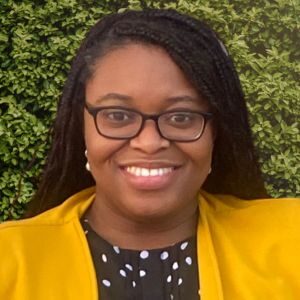3 Ways Science Teaches Students Skills That Are Critical in Learning and in Life
Educator's view: Communication, critical thinking, data analysis, even SEL are all part of the scientist's toolkit — and help keep kids engaged.

Get stories like this delivered straight to your inbox. Sign up for The 74 Newsletter
As schools recover from the pandemic, teachers are being asked to accelerate learning. But few have a clear plan to make this happen, and many wonder how helping students develop a sense of confidence and competence fits in.
As a mentor to science teachers and an ambassador to a national social-emotional learning program that helps students realize the importance of relationships to learning and self-discovery, I tell teachers that when it comes to acceleration, there is only one way forward. The accelerating factor is student interest, which is built from relationships with teachers, classmates, learning, the larger world and themselves.
This means doing what learning science, and science itself, does best — put students face to face with the rules that govern the natural world and the kinds of problems faced by professionals who help unravel them. Of course, this can, and should, be done in every subject. But science teaches every skill set. Through science, students can practice communicating, providing evidence to back up an argument and using data and numbers to verify and explain the phenomena they uncover.
Students from every background can succeed if teachers focus on building the same skills that help great scientists arrive at great discoveries.
First, science helps young people build connections between themselves and the world around them. Students, especially those for whom the natural world feels unimaginably large, need to master content that transcends the walls of the school building. Whether comparing the radio frequencies transmitted from local radio stations or meeting scientists of color who visit classrooms for hands-on experiments, students can see that doing science is not something that happens somewhere else. They also can realize that they — like the scientists who visit them — can have an impact on their own environment.
Students also benefit from exploring current, real-world research conducted in their own community. They show enthusiasm and interest when, for example, the seismic wave data they are analyzing is from a recent earthquake that occurred nearby and they can question local geologists about their work. This makes science much more meaningful. Another important aspect is the way scientists use empathy, conflict resolution and listening skills when working as a team. Social-emotional learning programs help students know each other on a deep level through community-building lessons such as quick connection activities, in which they work together in pairs. Students learn how to interact in new ways, listen to each other’s diverse viewpoints, appreciate each other’s contributions to a team project and sort out differences when there is a disagreement.
Second, science teaches students how to be thinkers, innovators and world-changers. As students learn to use the scientific skills of data analysis, evidence-based explanations and problem-solving, they become empowered to follow their own curiosity, share what they know with confidence and take charge of what they study.
A few years ago, my eighth-graders participated in the Student Spaceflight Experiments Program. Sponsored by the National Center for Earth and Space Science Education, it’s a national competition, a nine-month challenge requiring student teams to construct a research proposal for an experiment to be tested on the International Space Station. I encouraged the students to choose a topic that interested them and would make an impact on the science community. One student noticed an article about the high incidences of contaminated water in many countries, and the team constructed a proposal detailing a purification process for blue-green algae-contaminated water that would be used in the space station’s microgravity environment. My students were chosen as a national winner, and their experiment headed to space. We visited the Kennedy Space Center to watch the experiment launch and created memories that will last forever.

Third, science creates enrichment opportunities that help students transition to a new phase in their academic journey. These are particularly important when a high percentage of students at a school have faced adverse childhood experiences, which requires practices that support trauma-informed teaching and a safe environment for learning.
A few years later, working with a new group of students transitioning from elementary to middle
school, I suggested to my principal that we could best prepare the sixth-graders by establishing a two-week-long summer camp that integrated social-emotional learning into academics. I wanted to enable the students to connect with school staff and develop relationships with their peers. We focused on math, science and English Language Arts skills practice, as well as key factors of wellness: self-awareness, self-management, social awareness, relationships and responsible decision-making. Taught by teachers from the school they were preparing to enter, the students experienced the value of community and positive peer and adult relationships as they worked on organizational skills, team building, goal setting, perseverance and deadline management to prepare for the increased workloads of middle school.
These types of approaches encourage interest in STEM but also help students tackle rigorous work in any subject. Too many American students attempt to solve difficult problems by fumbling for answers rather than taking the time to wrestle with challenging work. This is true in life as well. Middle school is a time when students are sorting out who they are. By working together and building relationships with teachers and peers, they can learn about themselves, their interests and the skills of self-management. They need to know how to weigh alternatives, communicate effectively and look for help when they need it — all things that the science of learning says are crucial in solving life’s problems in and beyond the classroom.
Get stories like these delivered straight to your inbox. Sign up for The 74 Newsletter

;)
